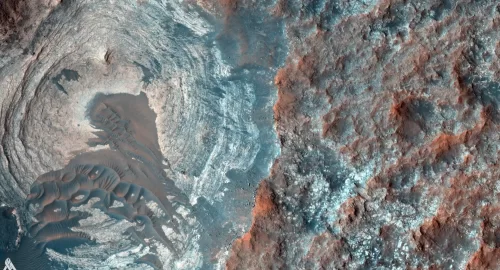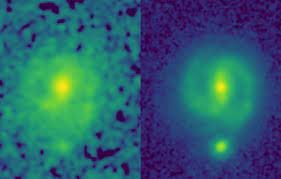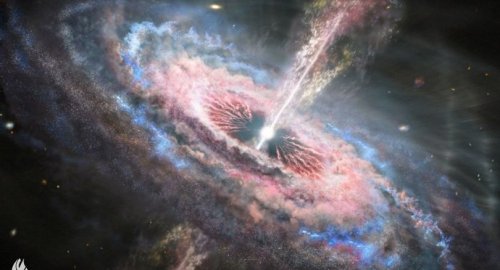
Webb discovery defies what we know about Milky Way-like galaxies

- 11-11-2023, 23:51
INA - SOURCES
Astronomers previously thought it took billions of years for galaxies to become stable enough to develop so-called "bars," ribbons of stars and gas that cut across the core of a galaxy.
The Milky Way is an example of a barred spiral galaxy.
But a new James Webb Space Telescope discovery means scientists might have to toss out what they previously thought they knew about galaxy evolution. An international team has used the leading space observatory; a collaboration of NASA and the European and Canadian space agencies; to find the most distant barred spiral galaxy yet.
The galaxy, known as Ceers-2112, was observed with the telescope as it appeared in the early days of the universe, when the galaxy was only about 2 billion years old. Given that most scientists believe the universe is 13.8 billion years old today, that period can still be considered the universe's infancy, shortly after the Big Bang.
The research, led by scientists at the Centro de Astrobiología in Spain, was published in the journal Nature this week.
It was not that long ago that NASA proclaimed barred spiral galaxies were "latecomers" to the universe, based on the Cosmic Evolution Survey. The study, led by Kartik Sheth of the Spitzer Science Center at Caltech in Pasadena, looked at more than 2,000 spiral galaxies from a Hubble Space Telescope census.
Those astronomers had found far fewer Milky Way-like galaxies 7 billion years ago, when the universe was about half its current age. Only 20 percent of the spiral galaxies in the distant past possessed bars, compared to nearly 70 percent of their more-modern cohort, according to the prior research.
China Says It 'Firmly Opposes' US Military Aid To Taiwan
- International
- 07:36
First joint picture of Greenland Ice Sheet melting, ESA
- Multimedia
- 09:28
US Central Command: We killed ISIS terrorist leader Abu Yusuf in Syria
- International
- 24/12/20
Liverpool compete with Real Madrid to sign Olympique Lyonnais star
- Security
- 24/12/19
ISC, ADX discuss Strengthening Economic Ties
- Economy
- 24/12/16
Iraq assumes presidency of Arab Investment Company’s Executive Board
- Economy
- 24/12/17












